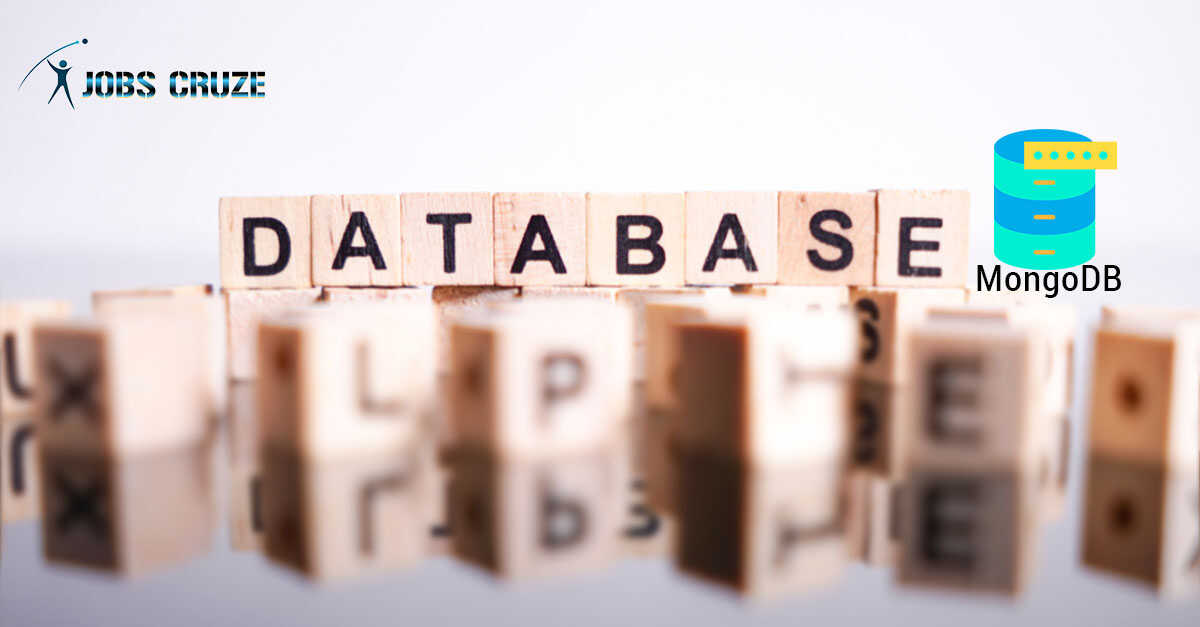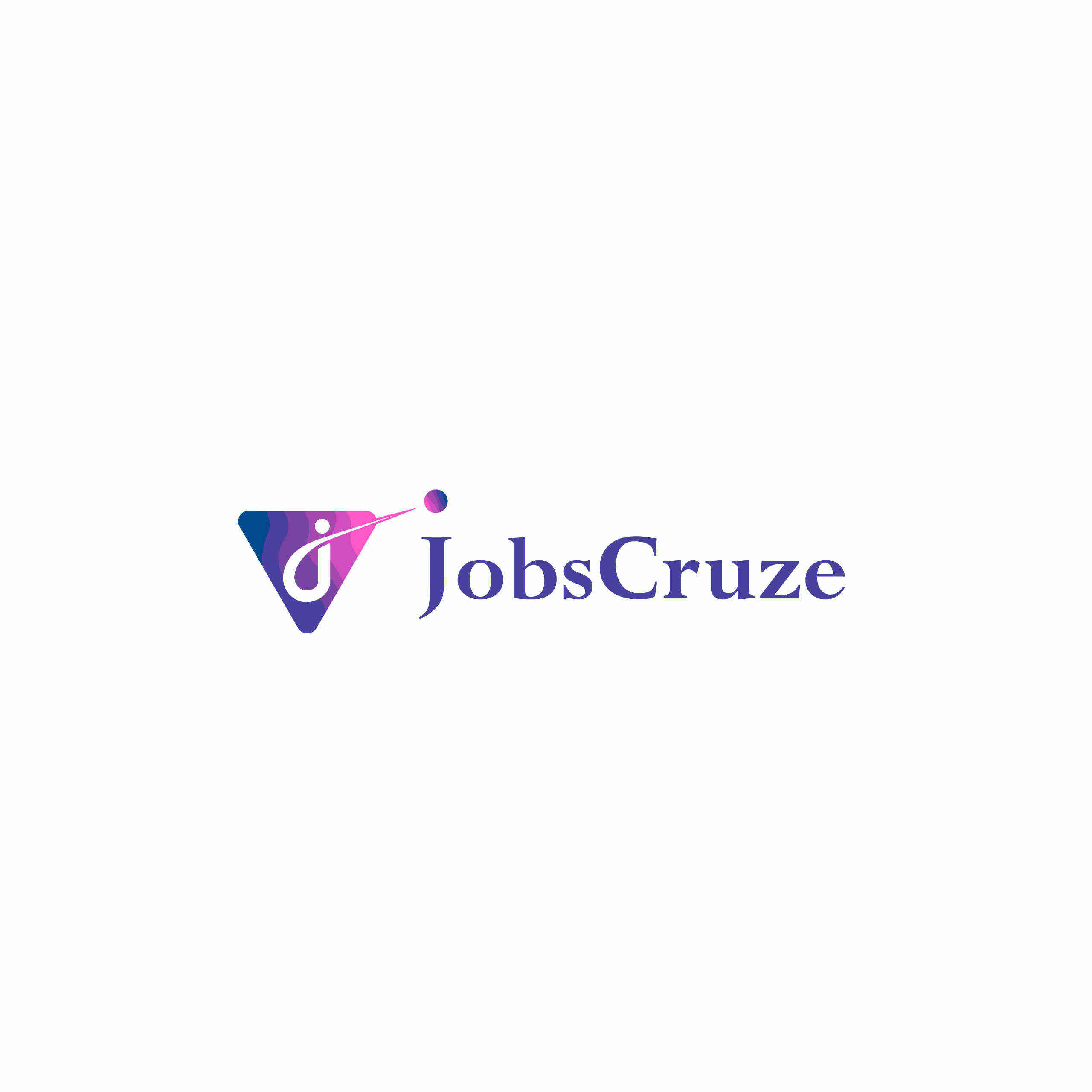

Everyone is aware of the Information Technology sector. Most of us dream of getting a job in the technology sector. Every organization, small, big industries have their own database but the companies keep their data into every secure database. Hence the employer always wants a responsible person, a good skill person at the time of interview who could take care there any kind of database activity.
But nowadays getting a job in the IT sector or in a database is not that easy for you. You should keep update yourself according to the market need. Companies hire only those who can maintain their database. Let's do discuss as there are so many languages are there like C, C++, Java, Python, C #, etc.
If you want to have a career you should have knowledge of anyone's language, and you should have all the knowledge of backend, or database. There are so many back end languages are their or databases like Mysql, PHP, Oracle, and MongoDB. Most people are aware of Mysql and Oracle but aren't aware of MongoDB. If you want to have a career in the back end then this question and answer will help you to crack the interview and help you to make an entry in the IT field. There are some questions and answers mentioned below to help you know the basic information about MongoDB.
Frequently asked MongoDB interview questions and answers
Answer - This is the first and most important question an interviewer can ask by the interviewer. You can give an answer to this question like MongoDB is a database like Mysql and Oracle which provides performance, availability, and scalability in high amounts. It is also a free and open-source database.
Answer - It is a group of MongoDB that provides the same data set. The replica set has two types of nodes as a primary node and secondary node.
You should answer - It a namespace in MongoDB is used at the time combining the database name and name of the set. For example, the name of the organization and Name of the employee who is working in that organization
Answer - There is the main major uniqueness of MongoDB which is high availability, high performance, and easy scalability.
Answer - They can ask this type of question to know if you have an idea about all the syntax of MongoDB or not. If you know the syntax of this then you can say to the interviewer that Yes, I can write a syntax for inserting documents in MongoDB.
Syntax- db.collection_name.insert(document)
You should Answer – It is a group of all the documents or group of data in MongoDB is called a collection.
Answer - It’s a basic question here you should answer - C++ or CPP is the language in which MongoDB is used.
Answer - It is the procedure that condenses whole data into clusters or small pieces. That means sorting a large amount of data into small collections.
You may answer of this full form as CURD in MongoDB means a) C-Create the database b) U- Update the data c) R-Read the data d) D-Delete unnecessary data
Answer - Syntax for dropping a collection in MongoDB is – Syntax db.collection.drop()
Answer - There are so many keys into the database which primary key, secondary key, or foreign key. No, we cannot use foreign keys in MongoDB. It is similar to SQL.
Answer – In the distribution of the data with different machines or different systems is known as replication.
You may answer - It the only select the necessary data which they require and denies the rest of the data but doesn't delete it. It keeps all the remaining data as it is with the database.
Answer - It provides all the backups when your data is deleted or that data that you have not saved.
Answer – It is the storage engine that is the database term that is used to handle how data is stored on disk. It helps to give a high performance as well.
Answer - There are storage engines in MongoDB which are MMAPv1 and WiredTiger.
Answer - Storing data on different machines or multiple systems is called sharing or you can also say replication.
The answer to it is No, Mysql and MongoDB do not have the same syntax.
Answer - It is in the form of documents and it is in the format of JSON.
Answer - It helps to store the large files whose size is large which are in the format of audio, image, and video or else.
Answer - There is a basic difference between vertical scaling and horizontal scaling is a) Vertical scaling helps to increase the capacity by adding more CPU. B) Horizontal scaling helps to divide the data over multiple servers.
You should tell major components as Shards, Query Routers and config servers these are the three main components of a sharded cluster.
Answer - We can create a database by using a command of MongoDb which is Database_Name.
For example, if you want to create a database for company employee then you can write as Employee_Employee_Id
Answer – the delete is used for deleting documents from collection enduringly whereas the remove method is used to remove a document from a collection.
Answer - We can store a high amount of data in MongoDB to generate a database. We can use collections instead of tables to store data in MongoDB.
Answer - This method is used to replace data with the already existing data with new documents. If you do not save the documents then that documents can be deleted from the collection or the data which you have edited will not be saved.
Answer - It will help to replace a web application and also gives high speed. It helps to generate a database in a simple way. It is also a free open source database. So it is used to create a database for any.
You should try to give deferred in between as both are open-source databases that are free to use but representation, relationship, speed, design, and syntax are different from each other. Both are not the same as each other.
Answer - There are different commands for different databases but the DB command is mentioned for the database which is selected.
Conclusion
This article would help you to provide basic information about MongoDB. It will help you to crack the interview at the backend operation of the database. With the help of this article, we have tried to provide the difference between Mysql and MongoDB. At the time of interview preparation, the mentioned points will help to clear the basic information about databases. This article is for the preparation of an interview. This is very helpful for those who are giving interviews for the first time for a database or for the backend.

The JobsCruze Logo is already a Spirited Signature that proudly headlines the Vision we pursue for and those we serve and stand for.